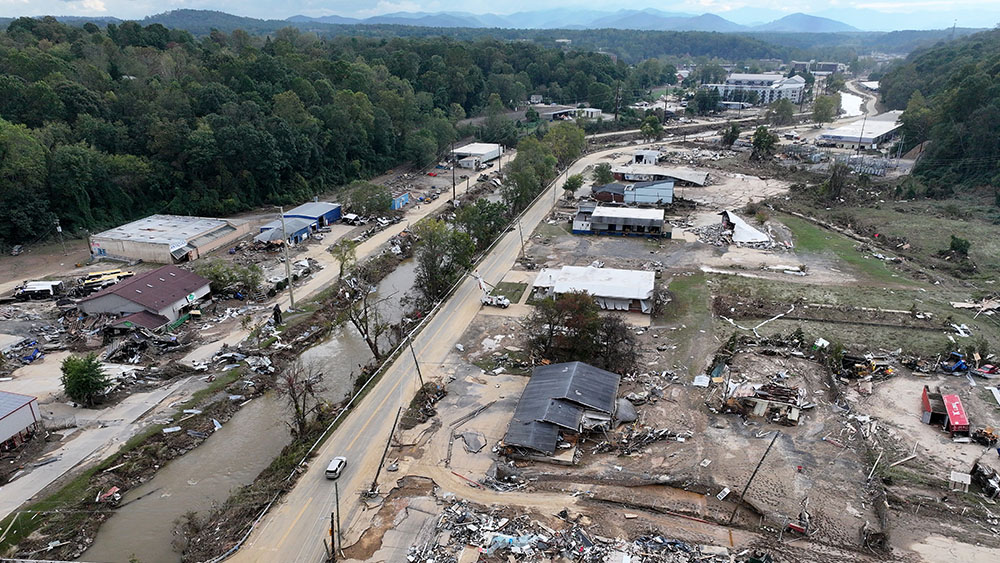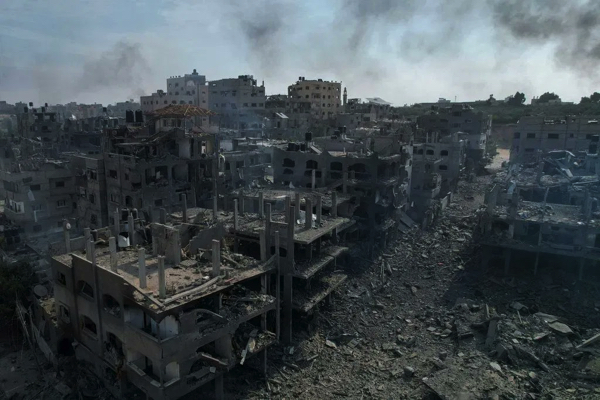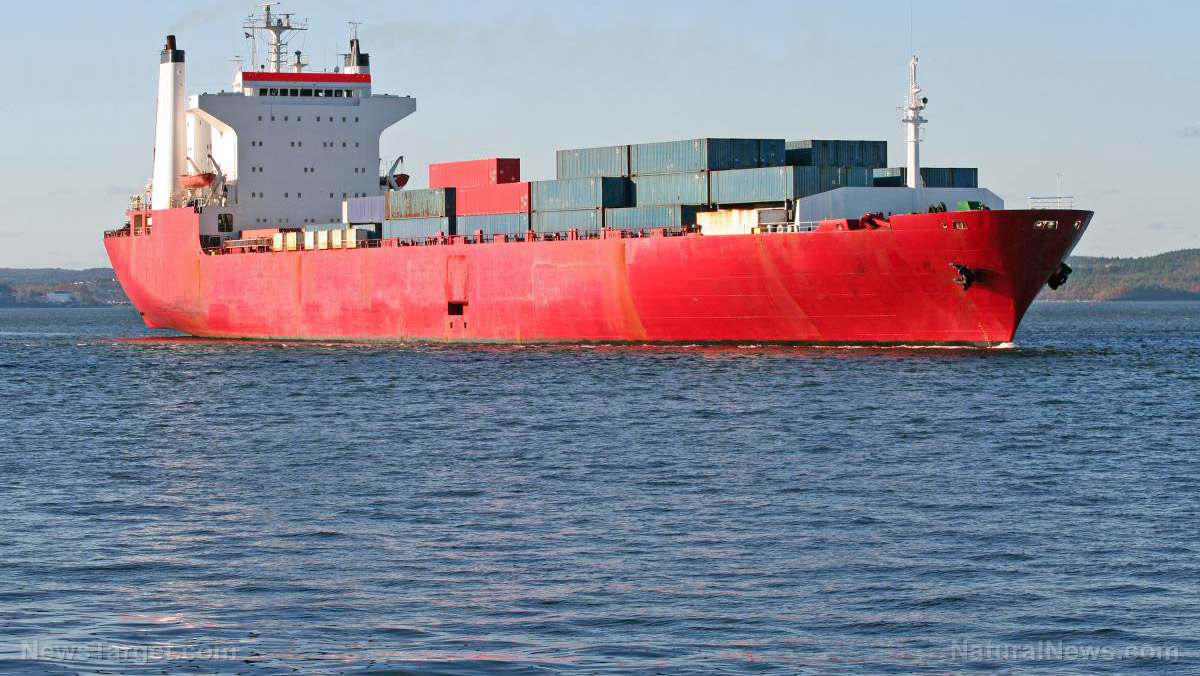
(Related: Did you hear the strange claims made by some motorists in Florida that their cars mysteriously stalled while trying to escape Hurricane Milton?)Another devastating scene due to Hurricane Helene’s impact in several states. We are in the historic downtown area of Marshall, N.C. where the clean up process has started. We’ve seen people with PPE and hazmat suits as we’ve been hearing the mud in this area is hazardous. pic.twitter.com/K52uZceDE4
— Cristina Corujo (@cristina_corujo) October 4, 2024
Mountain flooding from a hurricane is a whole new ballgame
Western North Carolina is a largely rural area where many homeowners pull drinking water from wells rather than from municipal water supplies. As such, there is no telling whose wells became contaminated from Helene and whose did not, which is why the state's Department of Health and Human Services (HHS) is advising residents not to consume well water for the time being. Normally, hurricanes affect coastal areas the most, but in this case a highly mountainous region full of wells, rivers, lakes, and all sorts of other unique features bore the brunt of Helene, leaving experts in uncharted territory. "We don't have a lot of knowledge about mountain flooding from a hydrology standpoint," said Kelsey Pieper, a professor of environmental engineering at Northeastern University. "Water velocities tend to be higher in mountain floodings because it's getting funneled into the valley where the water is accumulating. In a coastal area, you're going to see more water spreading out. The flooding mechanisms are different and we know very little." This is a big reason, by the way, why some government agencies are reluctant to allow volunteers to help with cleanup and rescue operations. Add to that the fact that the same government agencies are not bringing in the right equipment and you have a recipe for very little, if any, remediation being a success. "We were supposed to get a big shipment of gloves, coveralls, masks, respirators, but we aren't," said local coordinating volunteer Rachel Bennett about the lack of supplies coming to the area. "Those are big things because we're in cleanup right now. We need thick things." The latest news about Hurricane Helene and other natural disasters can be found at Disaster.news. Sources for this article include: ChildrensHealthDefense.org NaturalNews.comGallant says strike on Iran will show world Israel’s ‘might’
By News Editors // Share
Acetaminophen is unsafe for kids at any dose because it can cause AUTISM, review finds
By Lance D Johnson // Share
Israel’s FINAL SOLUTION for Gaza is genocide followed by annexation into Greater Israel
By Ethan Huff // Share
UN confirms Israel is deliberately targeting peacekeepers in southern Lebanon
By Richard Brown // Share
Archaeologists uncover vast prehistoric pit circle from the Neolithic era near Stonehenge
By kevinhughes // Share











